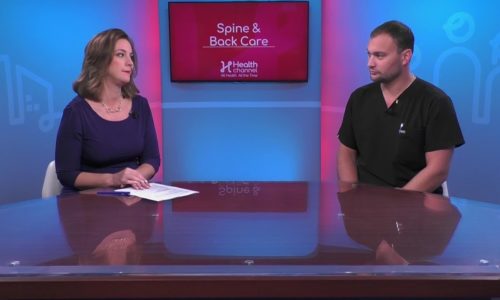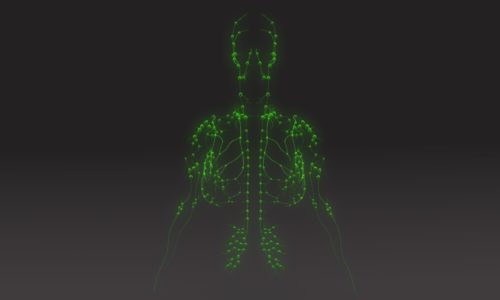Risks of Spinal Cord Stimulation |
Dr. Jose Mena, Interventional Spine Specialist with Miami Orthopedics & Sports Medicine Institute, says the risks of spinal cord stimulation will be infection, and bleeding. “For bleeding, we ask the patient to stop several medications prior to the procedure, and for infection everything is sterile and we give antibiotics during the procedure and during the last of the trial so they don’t get infected, and they don’t develop an infection that can be detrimental,” he points out.
The doctor says the success rate is anywhere around 60, 65% on patients and it can be brought up to about a 90% if they improve the selection of the patients to this procedure.
Transcript
What are the risks and what’s the success rate? > Risk of the procedures will be and like any other procedure that we do in the spine will be infection, bleeding, so for infection we ask the patient to stop certain medications prior, I mean for bleeding we ask the patient to stop several medications prior to the procedure, for for infection everything is sterile and we give antibiotics during the procedure and during the last of the trial so they don’t they don’t get infected and they don’t they don’t develop an infection that we that can be detrimental, and other things obviously it since we were working on the spine will be nerve damage paralysis but again we’re using x-ray guidance so we are we know where we’re heading with the needle and and on the device where we’re implanting that. > How’s the success rate? > The success rate we look Medicare success rate is anywhere around 60, 65 % on patients it can be brought up to about a 90% if we have a very careful selection of the patients. So we know that the patient will be it’s a good candidate they can they want to be active and we are specific on their condition that we want to be targeting. > We’ve heard so much about that in the last ten years or people say my core strength yeah years ago we never heard about that it wasn’t a big deal how much of a deal is it right now, how much should you be concerned with your core and the strength you have there? > Absolutely. Normally the the core as you’re well stating score is just a thing that we have been hearing over the years and we emphasize that on patient and patient and patient I’m pretty simple I explain to the patient’s like normally the core is you have to think it’s a box — in here — in here. So we have the box which normally we have this the front which is what people they they think mostly of the core which are the abdominal muscles, or the six-pack, and then we have also antagonist muscle which is called the back muscle the extensor muscles that basically they do this type of movement, then we have the top which is the diaphragm that reminds people of doing cardiovascular training and then last but not least is just a gluteal muscle order pelvic muscles which actually incorporate the core. Not only one muscle has to be strong actually to have the four the four phases of the of the box they need to be strong.








